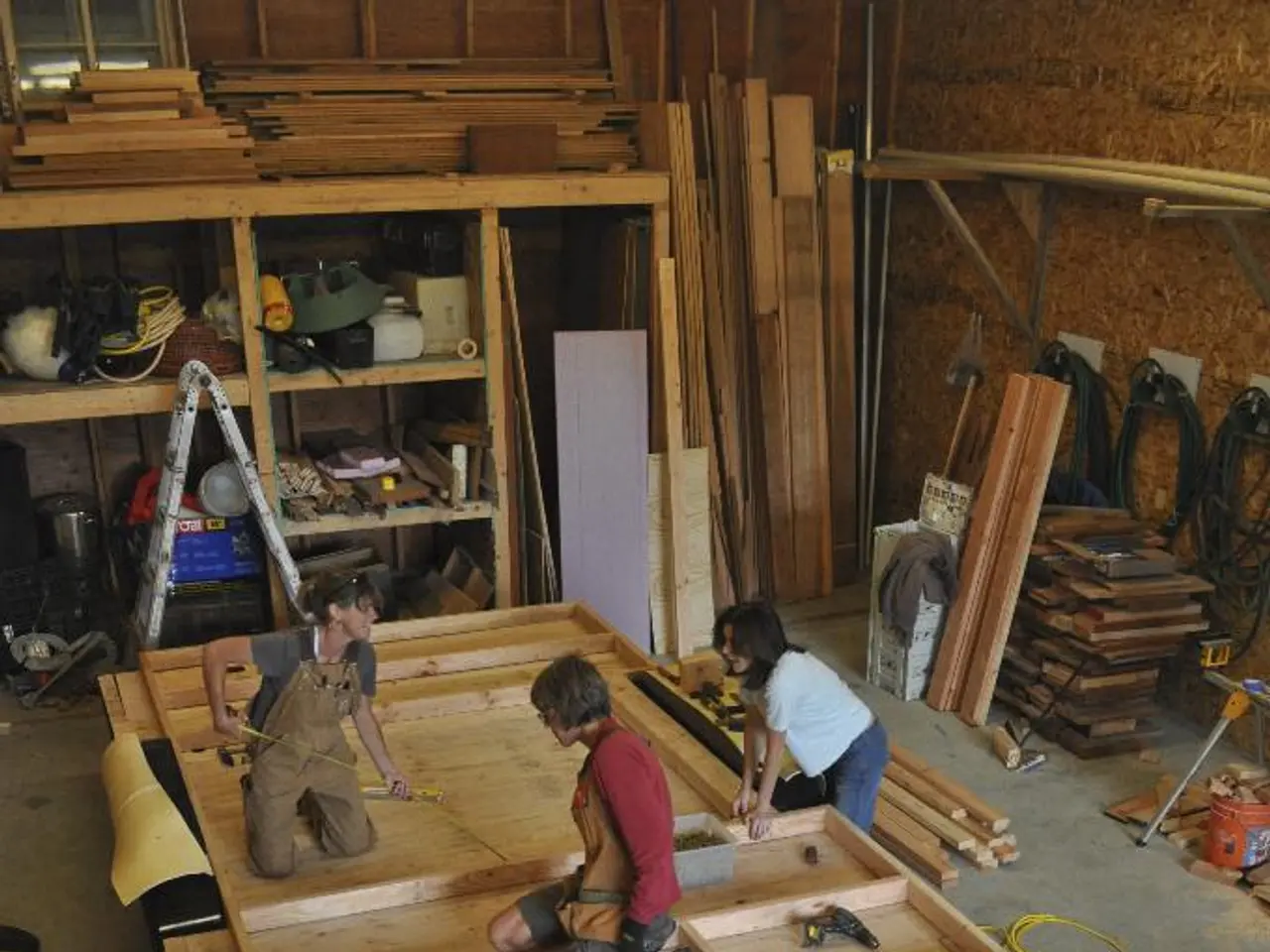Holiday Assessment - The Impact of Surroundings on Efficiency during Thanksgiving Vacation
With Winter Break just around the corner, it's time to start thinking about how to make the most of your time off. Here are some effective strategies for balancing academics and leisure to ensure a stress-free vacation.
First and foremost, prioritizing tasks is crucial. Focus on challenging or deadline-driven subjects first, and allocate more time to weaker areas to maintain engagement and avoid monotony. Using a timetable can help you stay on track and ensure that you make the most of your break.
Another key approach is to structure your study sessions using techniques like the Pomodoro method. This involves dedicating focused study periods of 25–50 minutes, followed by 5–10 minutes of break. This method helps to sustain concentration and prevent burnout.
Incorporating restorative leisure activities during breaks is also essential for refreshing the mind. Creative hobbies, relaxation techniques, and light physical activities can all help to rejuvenate you and prepare you for your studies.
Setting fixed study hours alongside dedicated leisure time is another important strategy. Using tools like Google Calendar or Trello can help you maintain clear boundaries between work and rest, especially in virtual or flexible learning environments.
Adapting your environment to suit your schedule and motivation is also key. Whether that means studying in different locations or combining study with social time, finding a study space that works for you can help to make learning more enjoyable and less isolating.
Communicating your schedule to friends and family can also help to minimize interruptions during study times and ensure support for your priorities.
Being flexible and realistic about your goals is especially important during holidays, where leisure activities are expected. Planning ahead and prioritizing can help you avoid falling behind, but it's also important to allow for relaxation to avoid stress.
The author found it difficult to work at home due to distractions, and struggled with stress and an overwhelming desire to avoid work during most of the break. However, the Thanksgiving break did not provide a reprieve from stress, similar to the usual school week.
The author prioritized the top five things to finish near the end of the break, and spent time with family and did activities like reading during the break. The author also recommends reflecting on why the Thanksgiving break didn't go as planned, as this strategy of prioritizing is important, especially for those who underestimate the time it takes to finish tasks.
In conclusion, these strategies support sustained academic engagement while promoting mental well-being by balancing workload and recovery, tailored to different environments—from in-person to virtual learning contexts. These tips can help you make the most of your Winter Break and ensure a stress-free vacation.
Engaging in activities that promote education-and-self-development and personal-growth can enhance the Winter Break. The author recommends prioritizing tasks, adopting time management strategies like the Pomodoro method, and setting fixed study hours to ensure both academic progress and personal growth.




